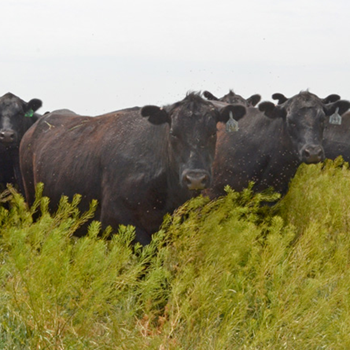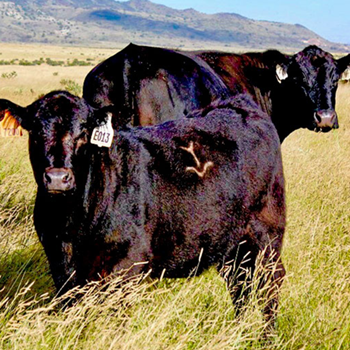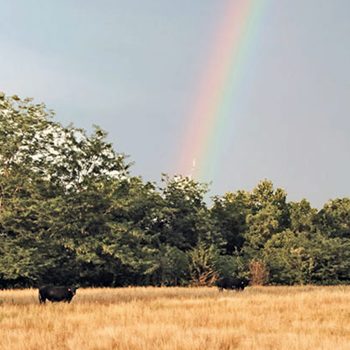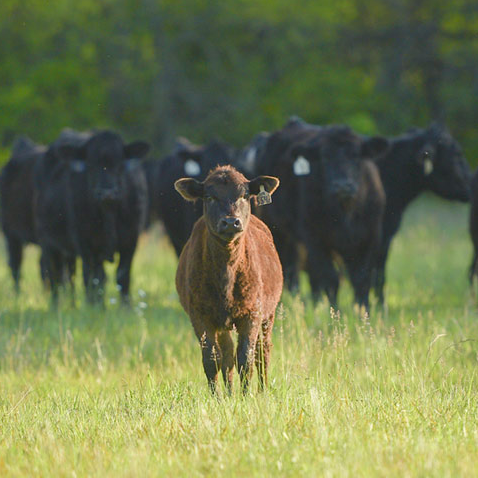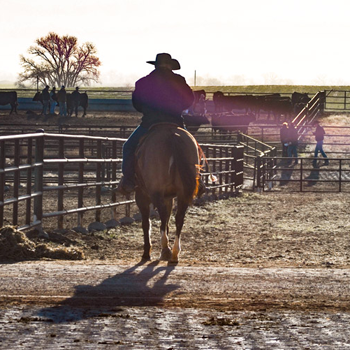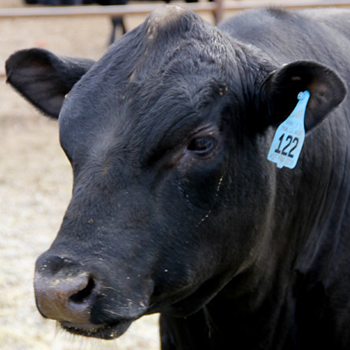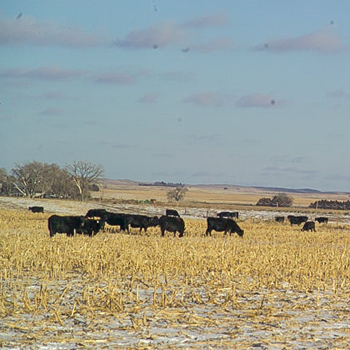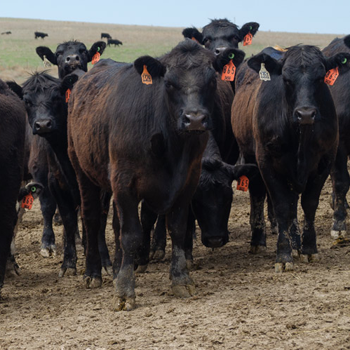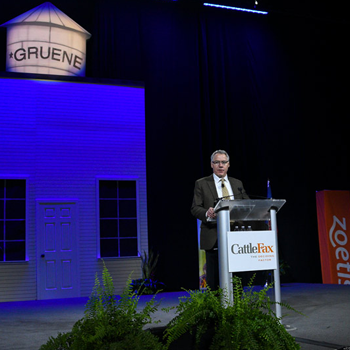
Weather Good for Overseeding Legumes
Freezing, thawing aid in seeding legumes over thinning pastures this winter.
Present weather with frequent freezing and thawing helps farmers overseed weakened pastures. Natural fluctuations in soil help work broadcast seed into thinned grass stands.
“It’s no-till help,” says Craig Roberts, University of Missouri (MU) Extension forage specialist.
Thin stands of grass caused by summer weather, overgrazing or other reasons can be rebuilt. Broadcast seeds are even helped by melting snow.
End-of-winter seeding improves pastures by adding legumes — a high-protein forage — to fill thin spots. That’s better than overseeding more grass, Roberts says. Long-term MU research plus farm experience show the advantages of legumes.
“Don’t wait for spring to plant,” Roberts says. “Get seed on early to gain growing time when spring returns.”
Tiny, hard-coated legume seeds remain viable in cold. They don’t sprout until warm weather arrives.
Legumes reinforce grass pastures by adding needed nutrients for livestock. Legume dilution helps especially in fescue stands. Adding new forage dilutes toxicosis from Kentucky 31 (KY-31) tall fescue.
Legumes in a beef calf diet can add an extra quarter pound (lb.) of gain per day. In addition, legumes help cow reproduction and lactation. Another benefit is that legumes fix nitrogen (N) from the air to add to the soil.
Many legumes, including white and red clover and lespedeza, work in pastures.
Overseeding works well in thinning stands, but helps all grass stands. At planting, make sure seeds reach the soil surface. Too much thatch blocks contact. If not touching ground, seeds can’t sprout and put down roots.
Roberts recommends seeding rates of 1/4 lb. per acre for ladino clover, 8 lb. for red clover and 10 lb. for annual lespedeza.
Adding legumes dilutes toxic fescue but doesn’t solve the problem altogether. Preventing fescue toxicosis takes replacing toxic plants with a novel-endophyte variety. Modern varieties contain a natural endophyte fungus that protects fescue grass, but produces little or no toxic alkaloids.
Replacement requires totally killing old stands of KY-31 before reseeding. Novel-endophyte varieties eliminate many of the work-arounds needed to graze toxic fescue.
The Alliance for Grassland Renewal shares ways to seed novel-endophyte fescue in schools hosted in seven states across the Fescue Belt — Missouri, Arkansas, Tennessee, Kentucky, Georgia, Virginia and North Carolina. Learn more at GrasslandRenewal.org/education.htm.
Editor’s note: Duane Dailey is a writer for University of Missouri Extension.

